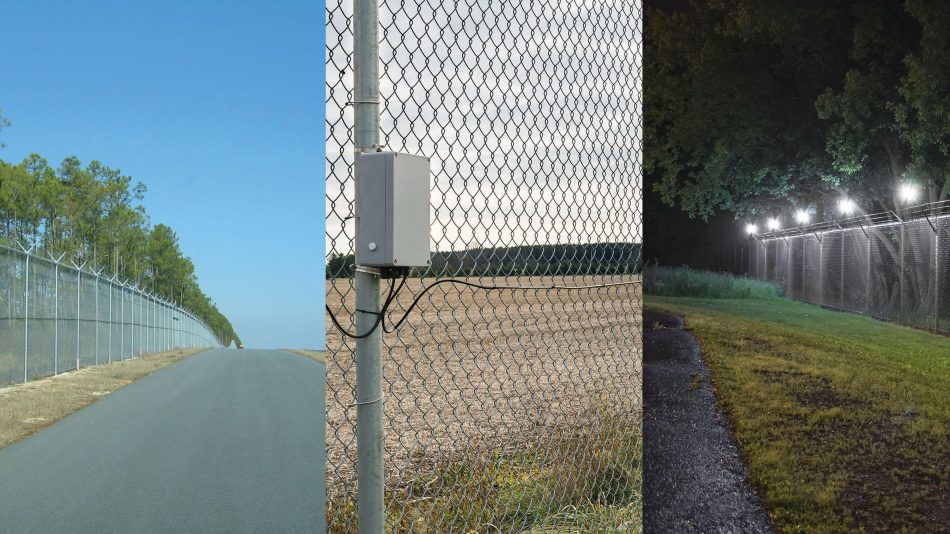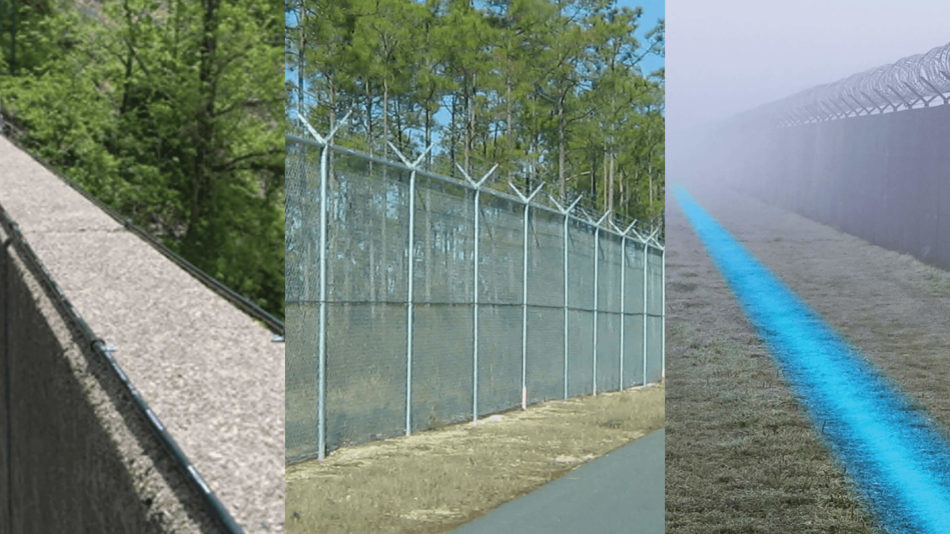The Value of a Fiber Optic Security System in Protecting Critical Infrastructure and Facilities
The Value of a Fiber Optic Security System in Protecting Critical Infrastructure and Facilities
Blog Article
Enhance Your Security With Advanced Fiber Optic Safety And Security Equipments
In a period where protection is paramount, advanced fiber optic safety systems provide an engaging option for improving safety throughout different atmospheres. What effects do these innovations hold for future security measures?
Advantages of Fiber Optic Safety
Using the benefits of fiber optic modern technology substantially boosts safety systems across numerous applications. One of the primary benefits is the boosted data transfer capability, enabling the transmission of big amounts of data at high speeds. This is especially essential for real-time video surveillance, where high-resolution feeds can be sent out without latency, making certain prompt reaction abilities.
Furthermore, fiber optics exhibit exceptional resistance to electromagnetic interference, which is important in settings with possible signal disruptions. This dependability makes certain regular performance in crucial safety and security operations. Fiber optic cords are much less prone to touching and unauthorized gain access to compared to standard copper electrical wiring, thereby enhancing information stability and discretion.
Another noteworthy advantage is the sturdiness of fiber optic systems; they are a lot more resistant to ecological aspects such as dampness, temperature fluctuations, and corrosive substances. This resilience translates to lower upkeep costs and longer life-spans for safety and security installations.
Last but not least, the lightweight nature of fiber optic cables helps with much easier installation and transmitting, especially in intricate facilities (fiber optic security system). Eventually, the integration of fiber optic modern technology into security systems not just strengthens protection steps but additionally maximizes operational effectiveness
Key Attributes to Consider
When assessing fiber optic safety and security systems, numerous essential attributes need to be thought about to ensure optimal efficiency and efficiency. Analyze the system's discovery array and sensitivity; a comprehensive variety permits for checking huge locations, while high sensitivity ensures that even small disturbances are identified immediately.
Following, take into consideration the integration capabilities of the system. A fiber optic protection system ought to seamlessly interface with existing safety and security actions such as cameras and alarms, developing a cohesive protection network.
Toughness and environmental resistance are likewise critical attributes. Guarantee that the system is designed to stand up to rough weather and prospective physical risks, as this will certainly prolong its operational lifespan.

Lastly, look into the scalability of the system. A durable fiber optic protection system must be conveniently expanding to suit future demands without considerable overhauls. By meticulously thinking about these attributes, you can choose a fiber optic security solution that boosts security and safety in your atmosphere.
Setup Process Summary
To successfully implement a fiber optic security system, an organized installation procedure is essential. This process begins with an extensive site assessment to identify the details security demands and to identify optimal areas for fiber optic cables and security devices. Following this evaluation, the setup team will create a comprehensive strategy, consisting of wire click this site paths, needed tools, and conformity use this link with regional laws.
Next, the installation includes laying the fiber optic wires, ensuring they are protected from environmental variables and physical damages. Appropriate handling techniques are important, as fiber optic cables are sensitive and can be conveniently damaged. After the cabling is set up, adapters and discontinuations are thoroughly finished to make certain signal stability.
The subsequent stage includes installing safety gadgets such as electronic cameras, motion detectors, and security system, all integrated with the fiber optic network. Extensive testing is conducted to validate that all components are working appropriately and to guarantee optimal performance.

Comparing Fiber Optic to Traditional Equipments
The development of security technology has led to substantial developments in the contrast in between fiber optic systems and conventional copper-based systems. Fiber optic systems utilize light to send data, offering superior data transfer and rate compared to their copper equivalents. This leads to boosted information transmission capacities, making fiber optics suitable for high-resolution video clip surveillance and real-time tracking.
Furthermore, fiber optic cables are immune to electro-magnetic disturbance, decreasing the probability of signal deterioration brought on by exterior factors. This characteristic guarantees regular performance, even in challenging settings. In contrast, typical copper systems are a lot more prone to disturbance, bring about possible susceptabilities in protection applications.
Resilience is one more advantage of fiber optic systems. They are less vulnerable to damage from ecological aspects such as moisture and temperature level variations, which can compromise copper wiring. Fiber optics are lighter and thinner, permitting for simpler installation and lowered physical impact.
Nonetheless, traditional systems often tend to have reduced first costs, making them attractive for budget-conscious jobs. While fiber optic systems might call for a higher ahead of like it time investment, their long-lasting benefits-- such as reduced upkeep expenses and higher dependability-- often outweigh the first cost, positioning them as an exceptional option for modern safety needs.
Future Fads in Safety Innovation
Arising patterns in safety and security modern technology are positioned to transform the landscape of security and hazard discovery - fiber optic security system. As organizations progressively deal with advanced dangers, technologies such as synthetic knowledge (AI) and equipment discovering (ML) are becoming integral to safety systems. These modern technologies improve the capability of fiber optic systems by making it possible for real-time data evaluation, determining abnormalities, and automating reactions to potential breaches
In addition, the combination of the Internet of Points (IoT) is changing protection structures. IoT devices can give extensive situational awareness and facilitate smooth communication in between various security parts. This interconnectedness permits extra efficient tracking and faster case action times.
Biometric verification is also gaining energy, providing a greater level of safety via special physical features. As this innovation evolves, it is most likely to be integrated into fiber optic systems for boosted gain access to control.
Conclusion
In verdict, progressed fiber optic security systems stand for a substantial advancement in safety and surveillance modern technology. The shift from traditional systems to fiber optic options reflects an expanding fad towards much more effective and reliable security steps in an increasingly complicated technical landscape.
Report this page